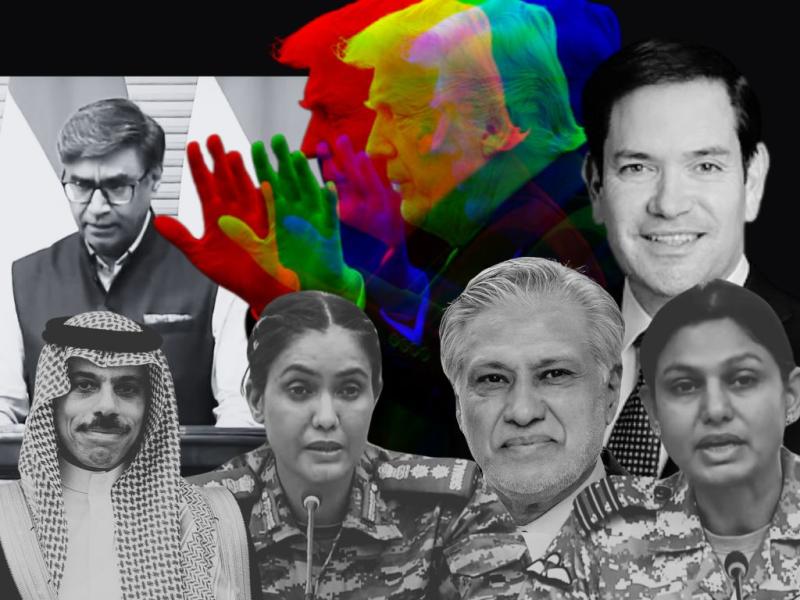Introduction
In May 2025, rising tensions between India and Pakistan following deadly attacks in Kashmir threatened to plunge South Asia into full-scale war. But as missile strikes and aerial combat escalated, backchannel diplomacy led by US mediators quietly pulled both nations back from the brink. This blog explores the top seven ways the US and its allies helped negotiate a rapid and fragile ceasefire.
1. Trump’s High-Profile Social Media Announcement
President Donald Trump’s dramatic online announcement of a “full and immediate ceasefire” created a public tipping point. While symbolic, it brought global attention to the urgency of peace between the nuclear-armed rivals.
2. Marco Rubio’s Crucial Call to Pakistan’s Army Chief
US Secretary of State Marco Rubio’s call to General Asim Munir of Pakistan’s army on 9 May was widely considered the turning point. Diplomats say this was the moment both sides began to seriously consider a ceasefire.
3. Quiet Diplomacy by the UK and Saudi Arabia
According to reports, both the UK and Saudi Arabia used their relationships with Delhi and Islamabad to push for peace. Saudi Arabia’s junior foreign minister even visited both capitals to help facilitate talks.
4. India’s Backchannel Talks Between NSAs
India and Pakistan reportedly maintained direct communication through their National Security Advisors (NSAs), allowing sensitive discussions outside the public eye.
5. US Strategic Leverage with Delhi
The deepening US-India relationship, especially between Modi and Trump, gave Washington unusual influence. Analysts say this made it easier for the US to nudge India toward a ceasefire without appearing biased.
6. Social Pressure After TikTok Disinformation Campaigns
Disinformation and nationalist narratives spread quickly on social media, prompting international watchdogs to call for accountability. This further pushed global actors to step in before public opinion boiled over.
7. Pakistan’s Nuclear Signals and the NCA Meeting
Pakistan’s convening of its National Command Authority (NCA), which manages its nuclear arsenal, sent a stark warning. It reminded the world, especially Washington, of the high stakes involved.
Conclusion
Despite initial hesitation, the US played a decisive role in managing the India–Pakistan crisis of 2025. Through a combination of public statements, private diplomacy, and regional alliances, American leadership helped secure a temporary ceasefire. Whether the peace holds remains uncertain, but the crisis revealed how even hands-off diplomacy can become indispensable at a moment’s notice.


